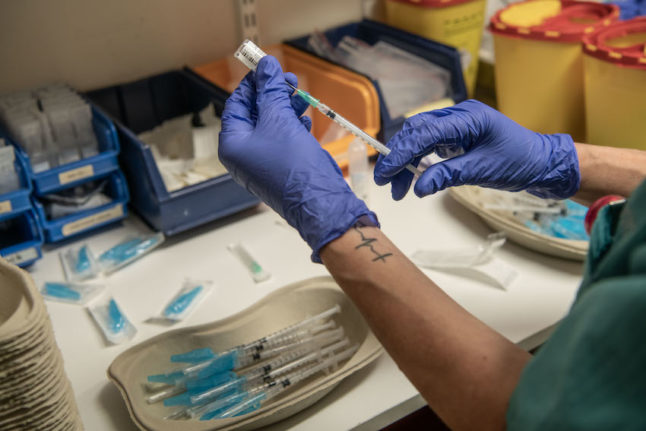- Denmark first in Europe to reopen schools after coronavirus lockdown
- IN PICS: Denmark's schools and kindergartens reopen
- How schools and day care centres in Denmark are gearing up for reopening
- 'Is it too soon?': Are Danes fearing an early end to coronavirus lockdown?
- A recommended floor area of 6m2 per child for vuggestue (nursery) and 4m2 per child for børnehave (kindergarten), meaning some institutions may not be able to accept all children back at first.
- Children to play with the same small groups of 3-5, mainly outside.
- Children to sit two metres apart at tables.
- Food not to be shared.
- Staff to supervise the children washing their hands at least every two hours, including after coughing or sneezing, before and after food.
- Regular cleaning, including cleaning toys twice a day, disinfecting surfaces such as taps, toilet flushes, tables, door handles, handrails, light switches twice a day.
- Staff meetings to be held outside or via telephone/video call.
- Those that travel on buses provided by day care, to sit two metres apart. More buses will be provided.
- Drop off and collection to be done at intervals and if possible outside.



 Please whitelist us to continue reading.
Please whitelist us to continue reading.
Member comments